Global age-standardized mortality rate (ASMR) for 1000000 was for 0.13 for AS, 0.04 for PsA, 0.86 for CD and 0.76 for UC.
Using mortality data from the World Health Organisation (WHO), researchers showed that over time, while there has been no change in age-standardized mortality rates (ASMR) for patients with ankylosing spondylitis (AS), ASMR were decreased for IBD patients (Crohn's disease [CD] and ulcerative colitis [UC]).
We've got a lot to discuss this week: psoriasis; fatigue; sleep; sural nerve biopsies; uveitis and SpA; diet and RA; tofacitinib and the ORAL surveillance study; what not to take with mycophenolate - and more. In what order should these items be discussed? This week the run down is based on popularity, measured by rheumatologist engagements on the website and social media.
MMWR from last week focused on chronic conditions in young adults showing they are common, costly, and major causes of death and disability. Overall arthritis ranks behind five more common chronic condition in young adults - obesity, depression, hypertension, hypercholesterolemia and asthma.
Infection may play an important role in the genesis of vasculitis and ANCA seropositivity; this report suggests that past cytomegalovirus infection may be a risk in the occurrence of venous thromboembolism (VTE) in patients with anti-neutrophil cytoplasm antibody (ANCA)-associated vasculitis.
A cohort study of SLE patients shows that remission and low disease activity (LDA) are associated with less damage accrual over time.
Patients from the Systemic Lupus International Collaborating Clinics (SLICC) inception cohort were serially assessed with different measures of remission. Damage accrual was ascertained with the SLICC/ACR Damage Index (SDI).
Repeat serologic testing is not uncommon, but is it warranted? A retrospective study shows that repeated testing for autoantibodies to extractable nuclear antigens (ENA) rarely changes the result or adds a new diagnosis.
This study from a single, multicentre tertiary health network in Australia assessed the value of a repeat ENA in patients with an initial negative result.
Patient-reported fatigue is high in patients with psoriatic arthritis (PsA) and often goes under-recognized by physicians. Fatigue importantly impacts physical functioning, work productivity, and health related quality of life (HRQoL).
A population-based study from Ontario, Canada suggests an increased mortality risk in patients with giant cell arteritis (GCA), according to a recent report in Arthritis Care & Research.
A health administrative data study looked at 22,677 GCA patients (≥50 years of age) compared to an age matched population for mortality rates between 2000 and 2018. Standardized mortality ratios (SMRs) were estimated.
MMWR recently reviewed the epidemiology and characteristics of U.S. monkeypox cases seen between May and July 2022. They found that 99% of cases occurred in men, 94% of whom reported recent male-to-male sexual or close intimate contact. Current outbreak-associated cases are less likely to have a prodrome and more likely to have genital involvement and racial and ethnic minority groups appear to be disproportionately affected.
Another analysis of the mandatory postmarketing safety study for tofacitinib (Xeljanz) has confirmed what most observers expected: that rates of infection with the drug in rheumatoid arthritis are higher than with tumor necrosis factor (TNF) inhibitors.
A small retrospective study suggests that patients with difficult to treat adult-onset Still's disease (AOSD) or sytemic juvenile idiopathic arthritis (sJIA) may respond well to JAK inhibitor (JAKi) agents - presumable by blocking pro-inflammatory cytokines, notably IL-6 and IFN.
Dr. Jack Cush reviews the news, FDA approvals, journal articles from the past week on RheumNow; plus viewer questions. This week great hopes for vitamin D, the great unknows of CSA and the great big mess that is the gout.
The ACR has posted a new ACR Clinical Practice Guideline Summary providing recommendations on the use of vaccinations for children and adults with rheumatic and musculoskeletal diseases (RMDs).
This guideline builds on past ACR vaccination guidance, last published in 2021.
A large case-control study showed that gout patients who experienced a cardiovascular (CV) event were more likely to have had a recent (< 120 days) gout flare compared to those without CV events.
This study sought to investigate the temporal association between gout flares and cardiovascular events in a gout cohort.
Tan and Buch have reviewed the approach to difficult to treat rheumatoid arthritis (D2T-RA), with a new EULAR definiation of D2T-RA to foster an approach rationale and concideration of treatment options.


















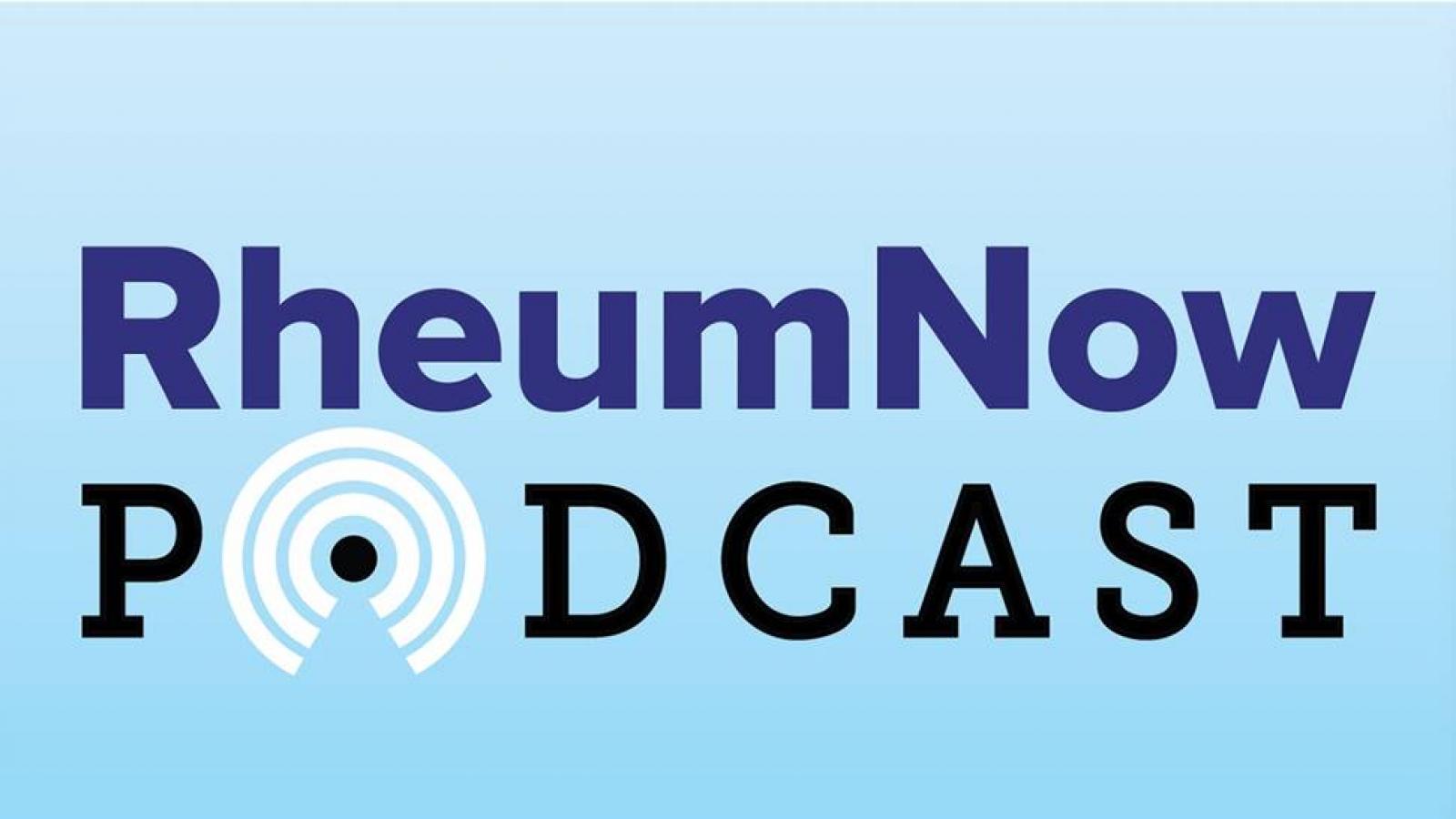
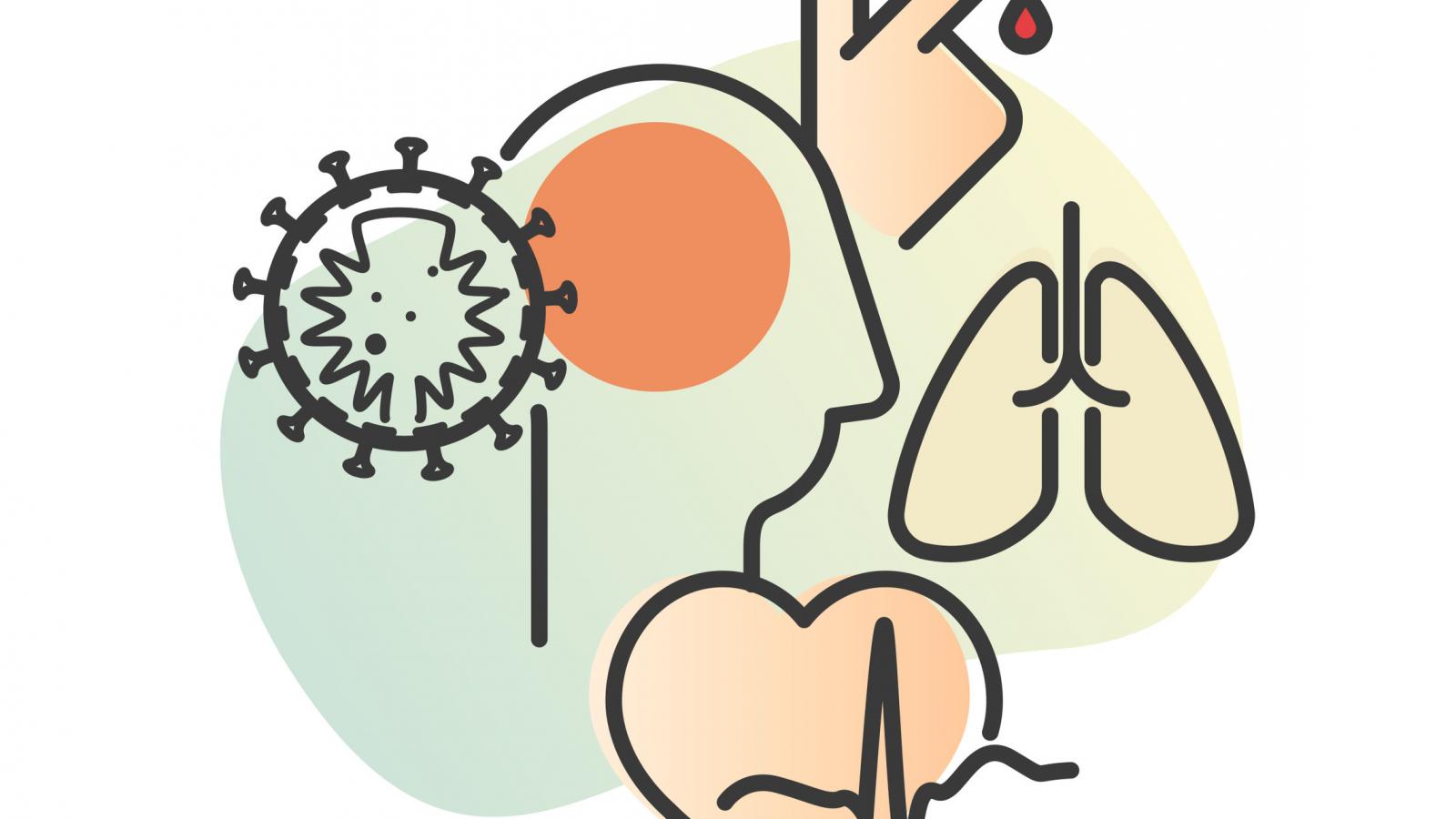
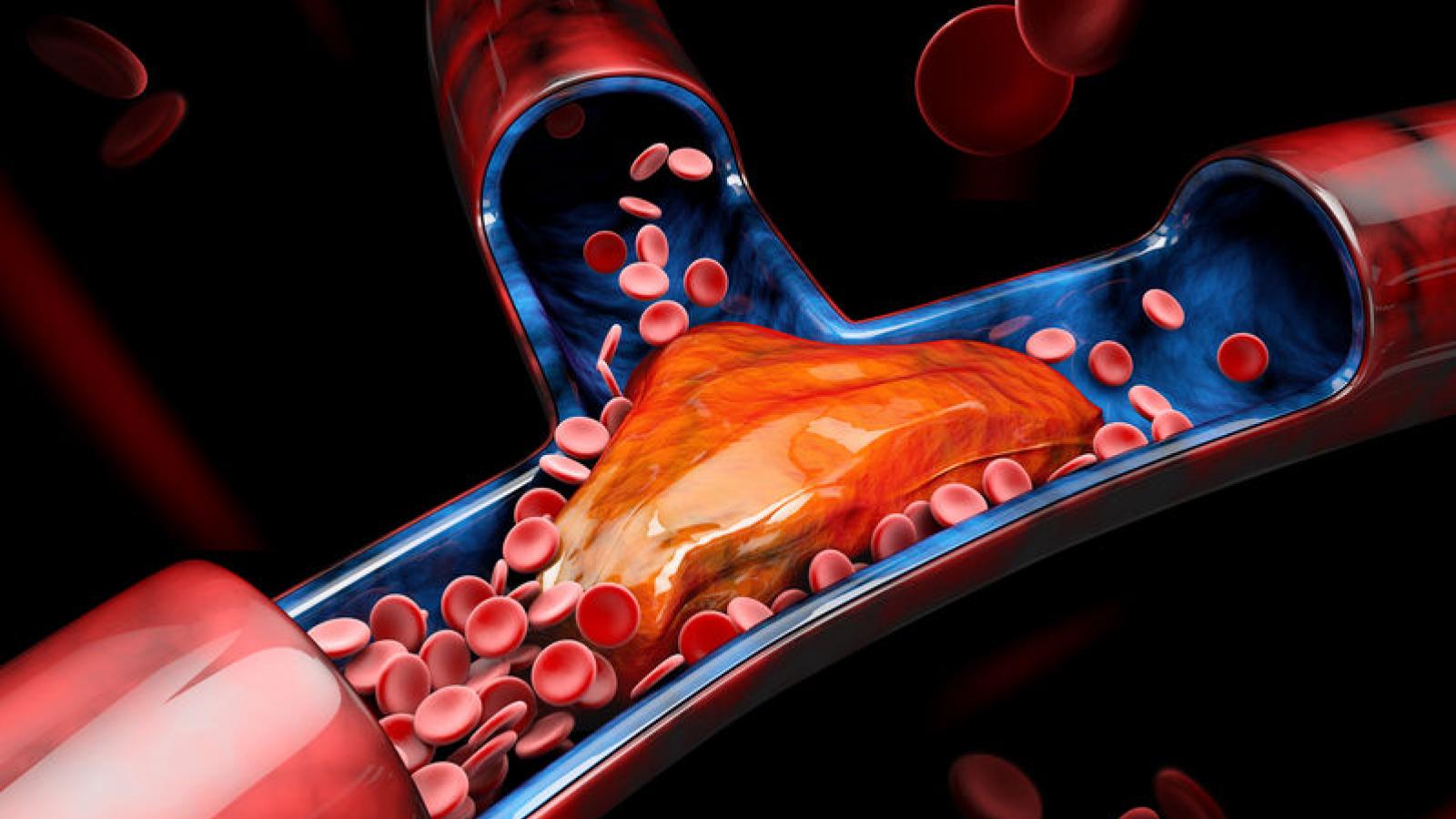
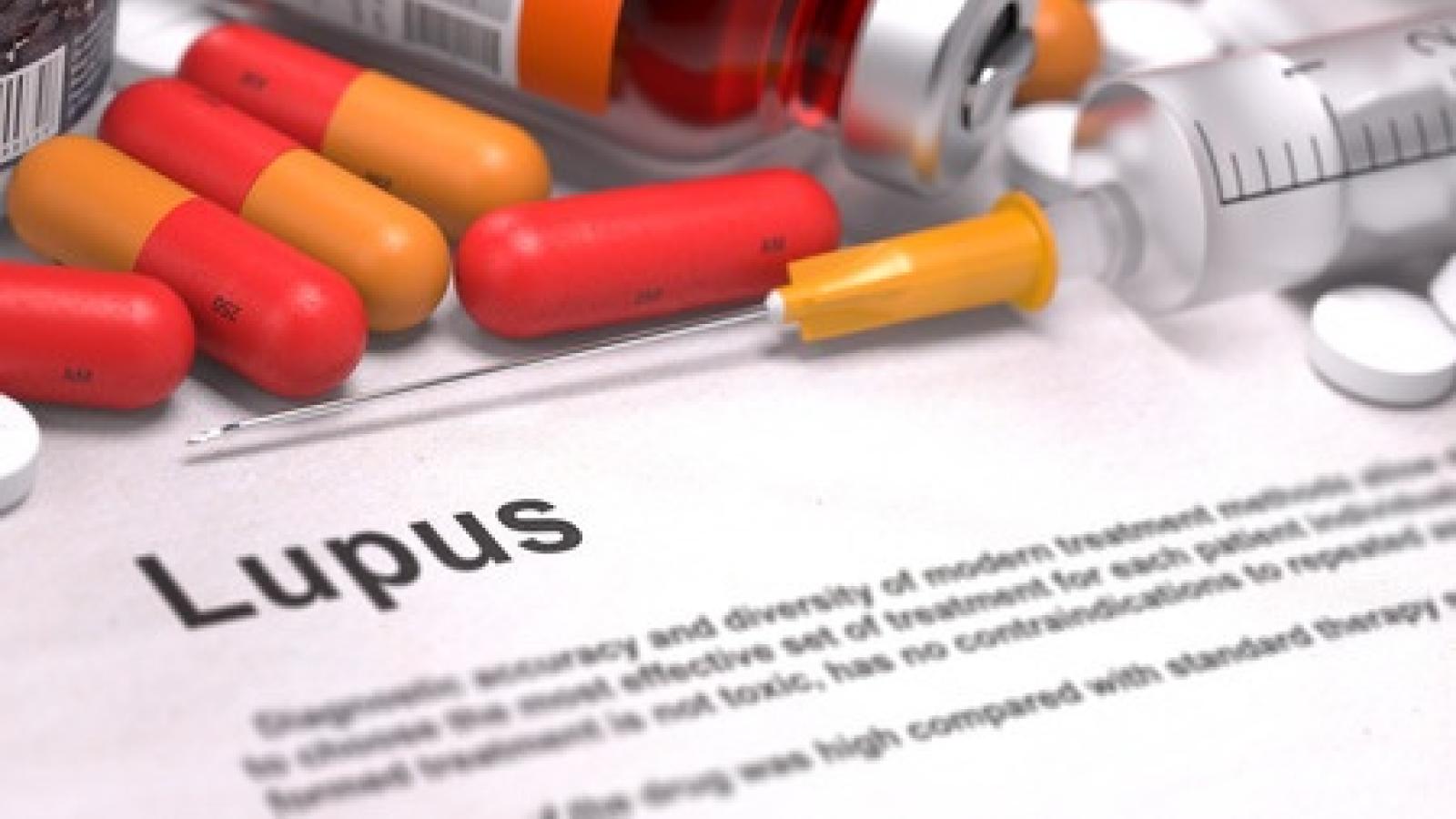
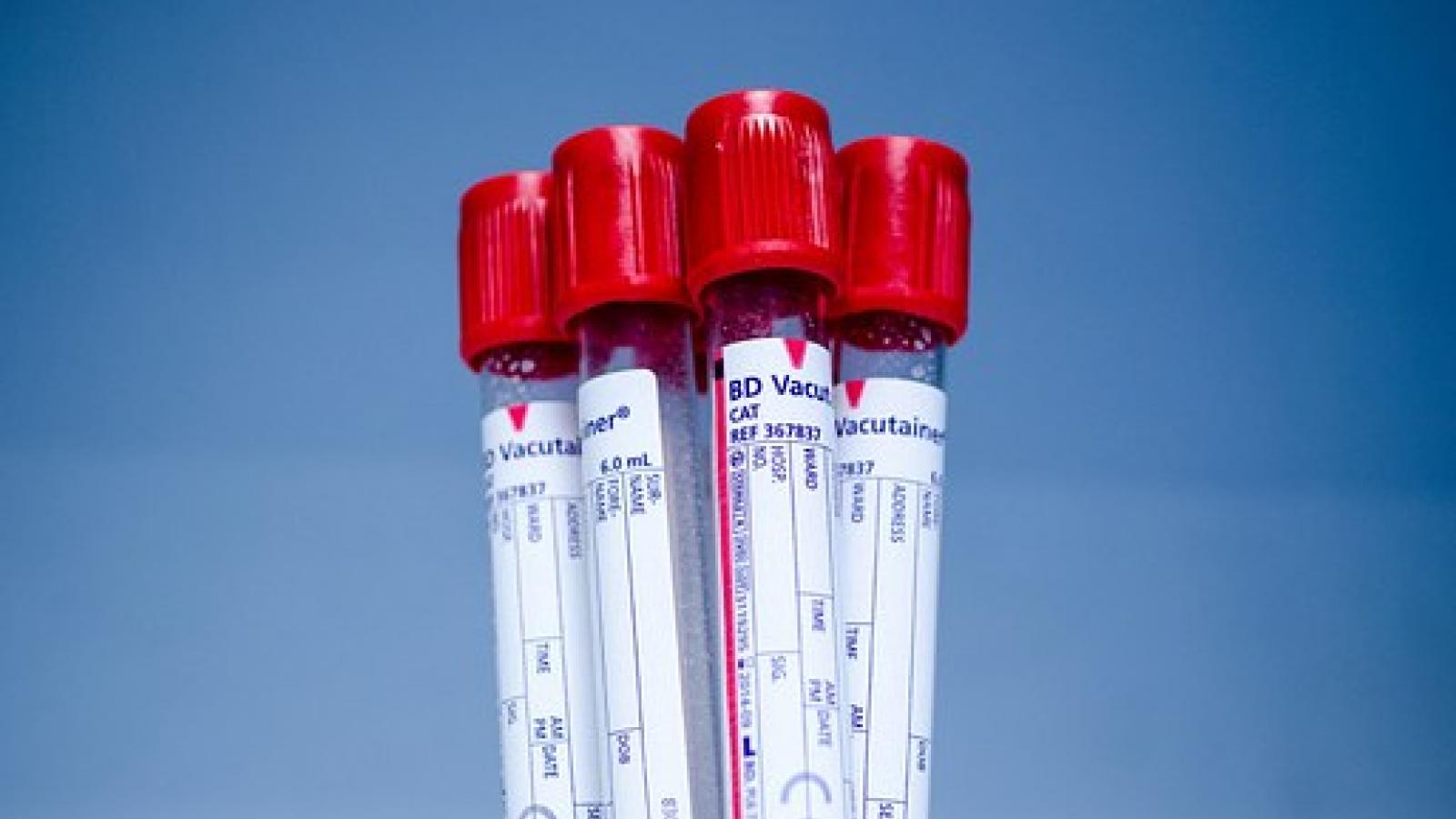




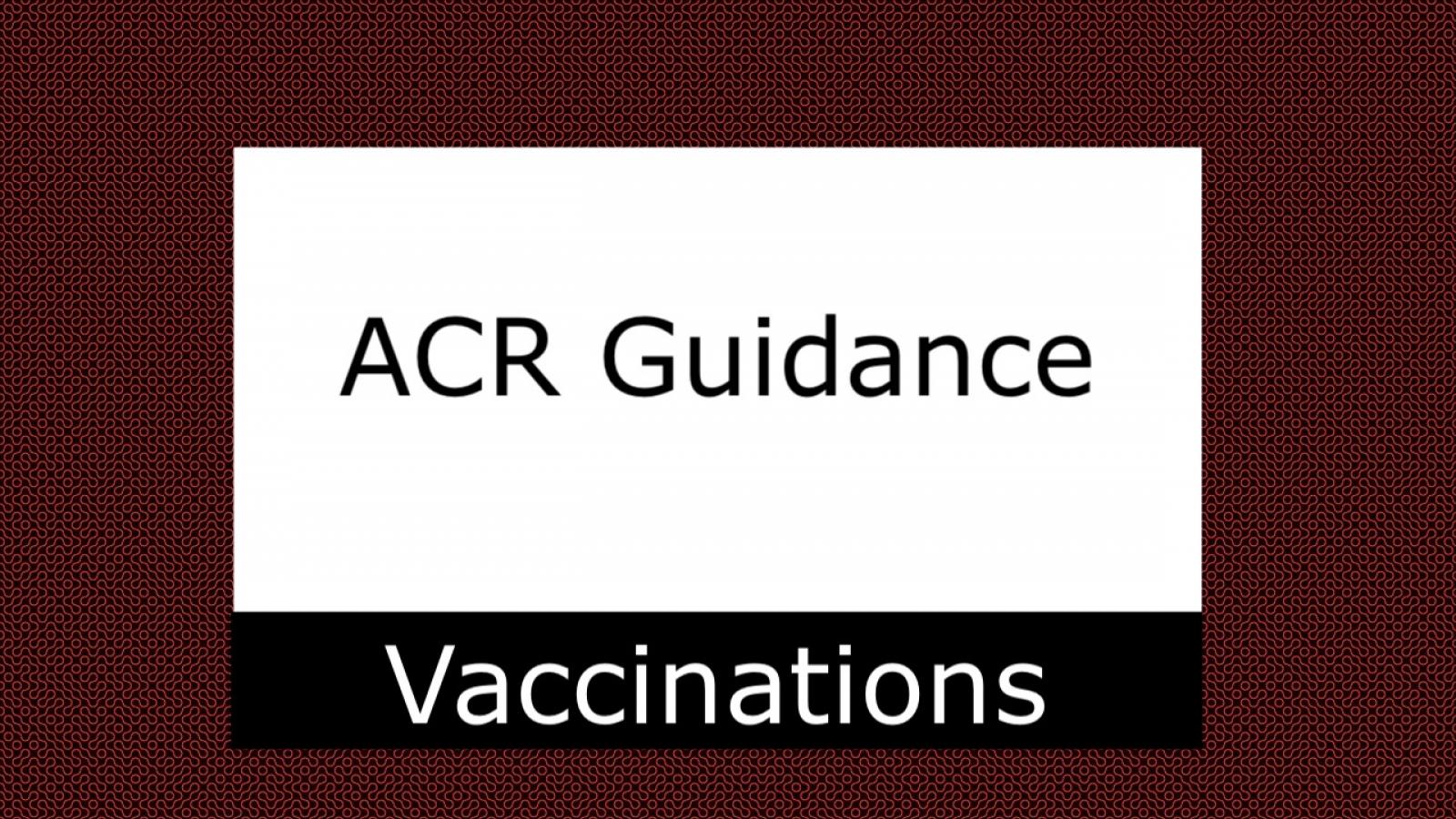

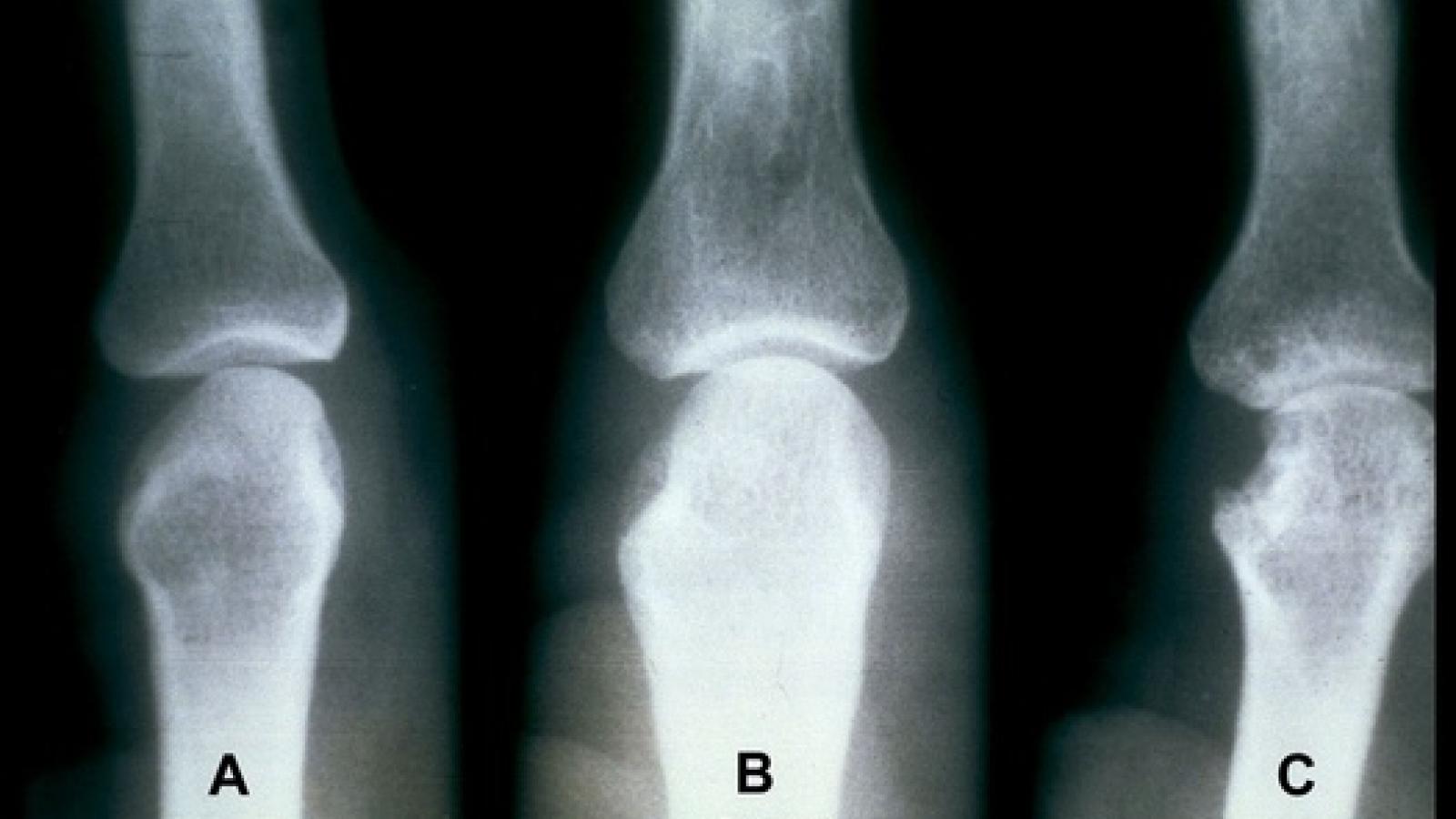


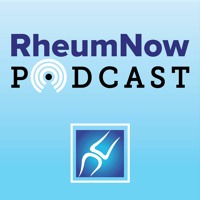






 Poster Hall
Poster Hall